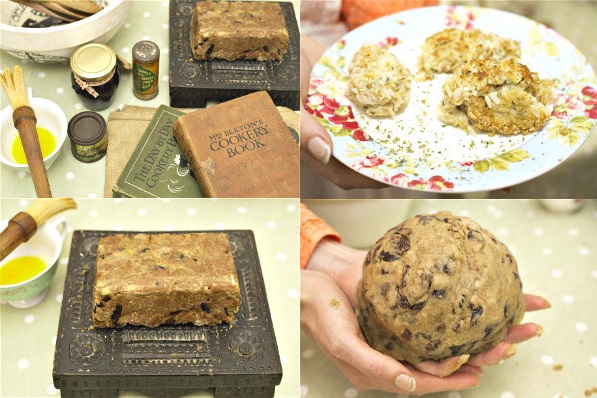Marking the centenary of WWI is not just about commemorating the departed or the events. One can also mark the celebration by making and getting a taste of First World War food.
In preparation of the celebration of the centenary of the outbreak of WWI last August 4, food historian Seren Evans-Charrington along with The Telegraph writer Leah Hyslop made two dishes straight from the First World War-era. They even made the First World War food dressed within the period to get the perfect feel.
But Miss Hyslop, looking at the prepared First World War food, thinks otherwise.
The History behind First World War Food
Rationing may not have occurred until the later years of WWII, but food items had been scarce early on. Primary foodstuffs like meat, butter, sugar and milk were in short supply. One couldn’t even get hold of wheat flour without putting up a fight that people resorted to using turnips in its stead to make bread. Cooks had to employ heavy use of their imagination to put up food on the table especially during special occasions.
This puts into mind the account of writer Robert Graves, who recounted that how guests during his wedding were thrilled to see his wedding cake covered in what looked like white icing. However, sighs of disappointment were later heard when that “icing” was lifted off. It was made out of plaster cast after all.
Making First World War Food in a not so First World War Times
Now, back in Miss Hyslop’s flat, food historian Seren Evans-Charrington was going to teach the writer to make two First World war foods from the recipes that came right out of WWI cookbooks. One of the First World War foods they were going to make was a butterless and eggless ginger cake, which the historian took off from a WWI-era handwritten notebook. The other one was a meal dubbed “fish sausages” which was from a wartime cookery book.
Miss Hyslop noticed that the ginger cake mixture looked too dense as Miss Charrington pried on it with her fingers. The latter explained that without egg, the cake really was dry and crumbly. To ease this problem, the people making the ginger cake would smear the mixture with a little dripping before baking it.
On the other hand, Miss Hyslop noted that the recipe book where the fish sausage recipe was taken was actually a Government-approved cooking book published in 1918. It featured these lines: Women of Britain…our soldiers are beating the Germans on land. Our soldiers them on the sea. You can beat them in the larder and the kitchen.
But despite this British bulldog spirit so pushed forward by the book, it wasn’t enough to assuage this one fact during those times — four people had to do with as little as a fillet of cod.
Among the First World War foods the two ladies made, the fish sausage was the more difficult. Leftover fish was mixed with dried herbs, then rolled in oats before frying in lard. However, the two women ended using a bit of flour when the mixture they made turned out to be crumbly.
In making these two First World War foods recipes, the two women consumed two hours. The cake, to Miss Hyslop’s surprise, wasn’t untasty at all thought it was too dry. The fish sausages, on the other hand, didn’t taste bad, too. Nevertheless, they were too small and plain. Miss Hyslop observed that those who partook of the meal of the two First World War foods would most likely go to bed still feeling hungry because of the foods’ quaint portions.
According to Miss Charrington, rationing during the First World War was less organized compared to WWII. World War II had Dig for Victory which greatly helped with the feeding of hungry mouths. But during the Great War, there were none. There may be a thriving Black Market. If one had the money, then good. But without money, people were left to forage for their own foods and went on their way malnourished.
At the end, after partaking of the First World War foods they made, Miss Hyslop just felt so grateful that WWI was long over. It wasn’t just the soldiers who sacrificed their lives in the war. Even the public had to reel in the effects it brought, too.
